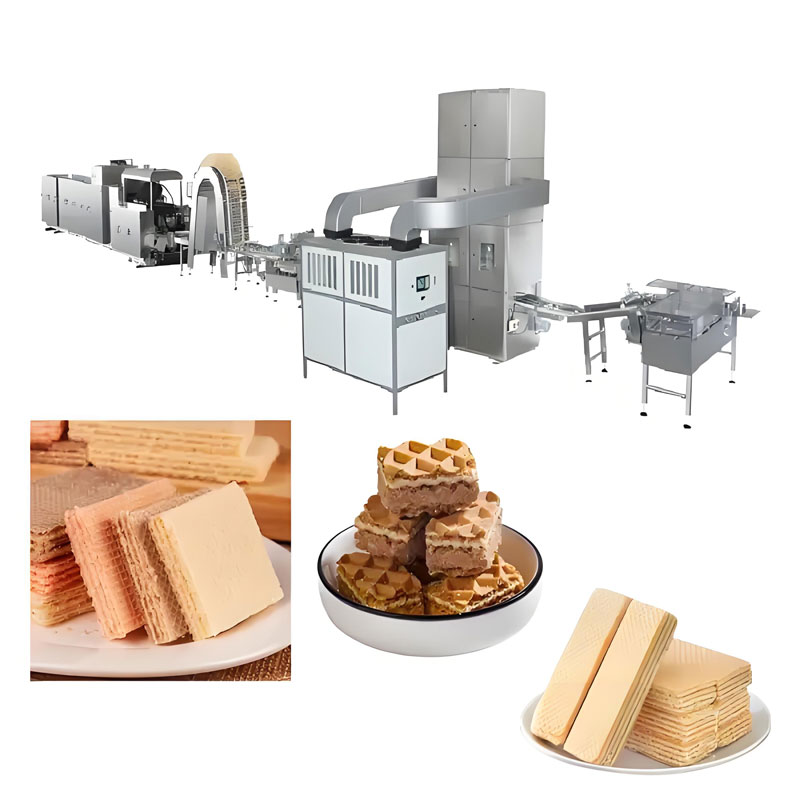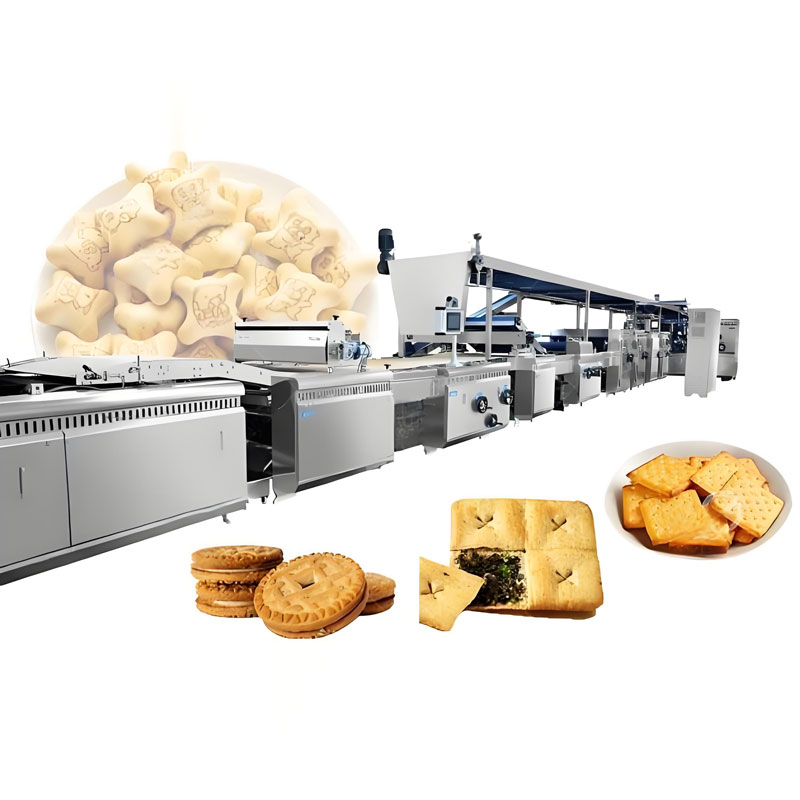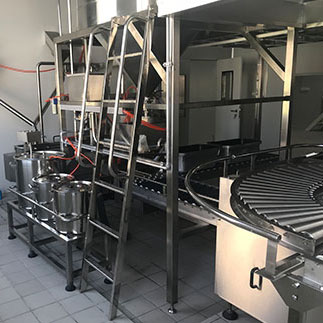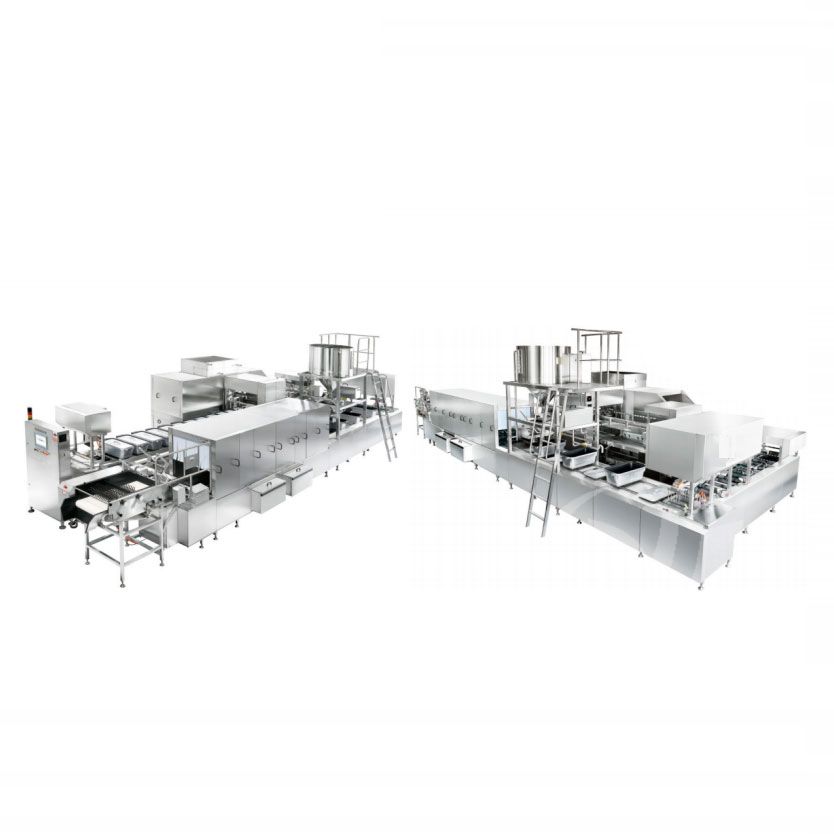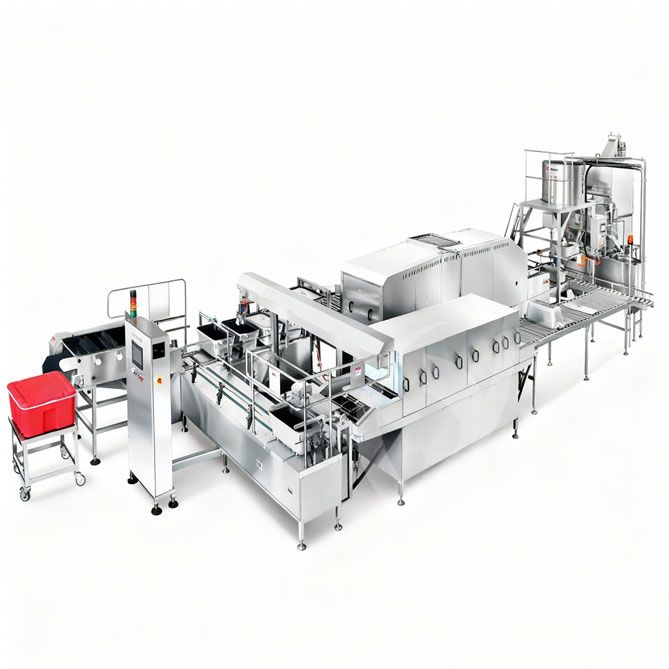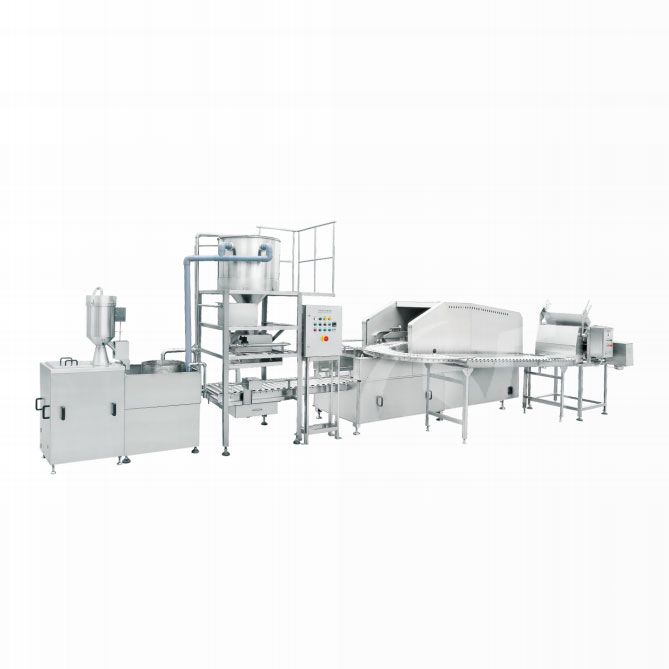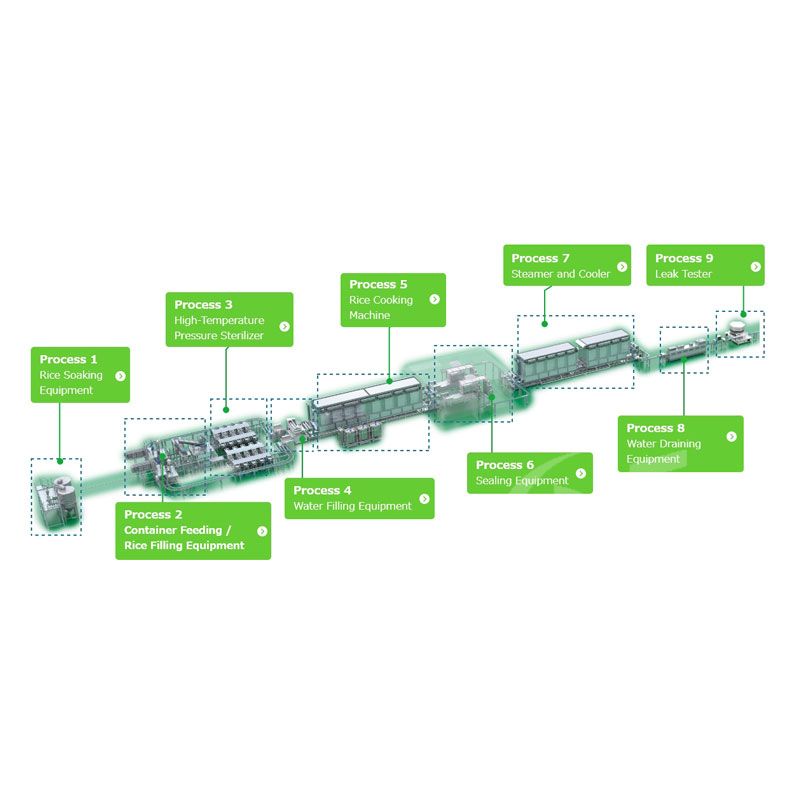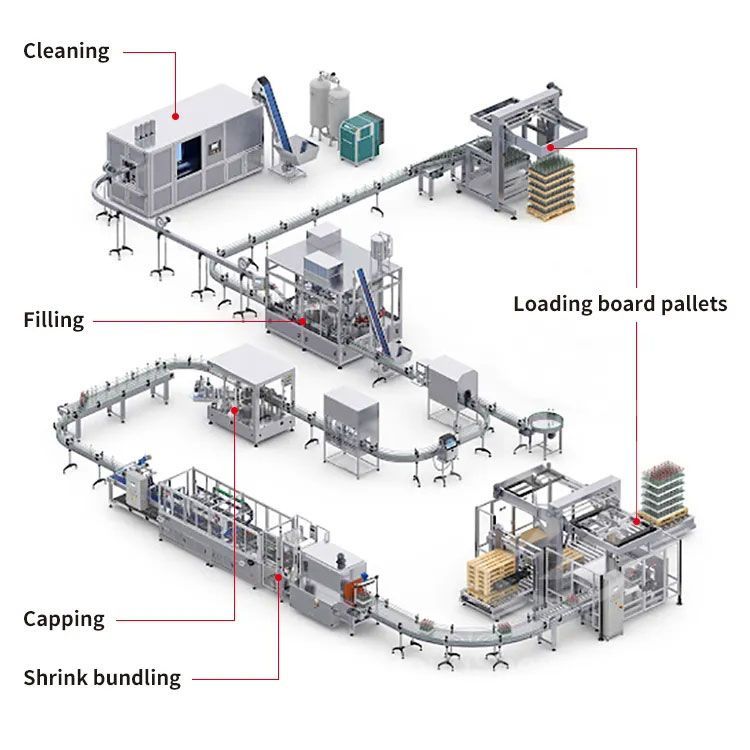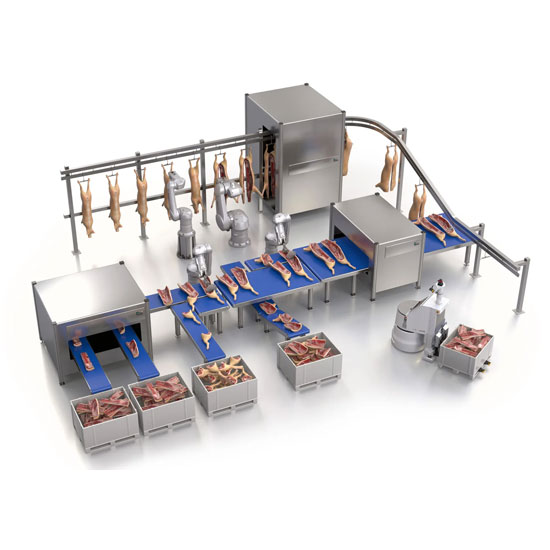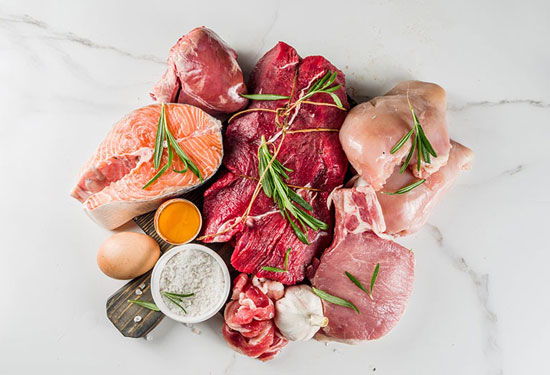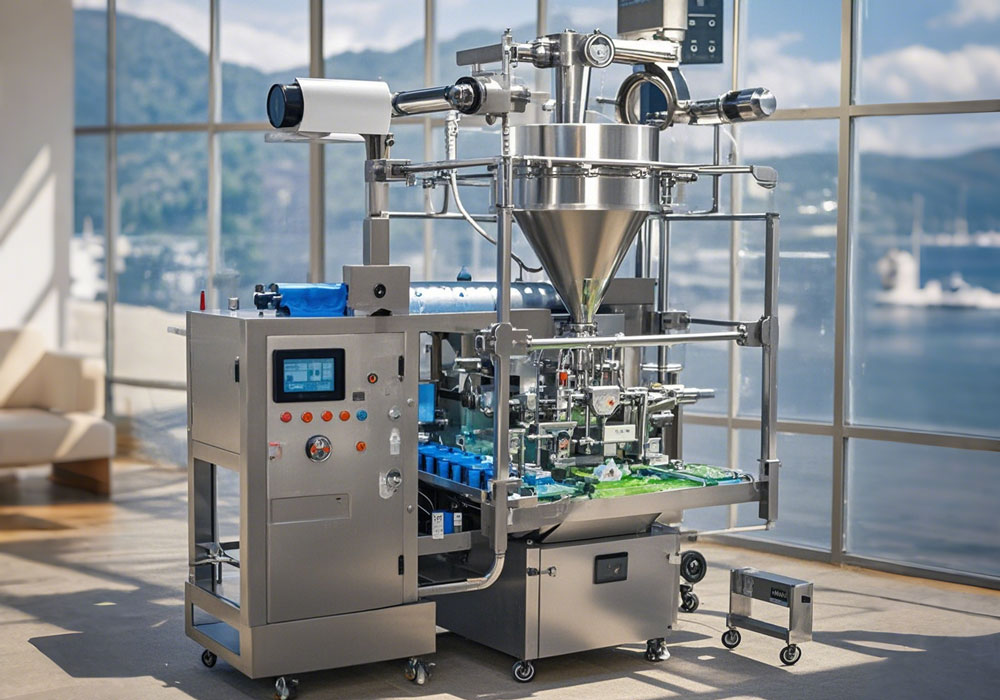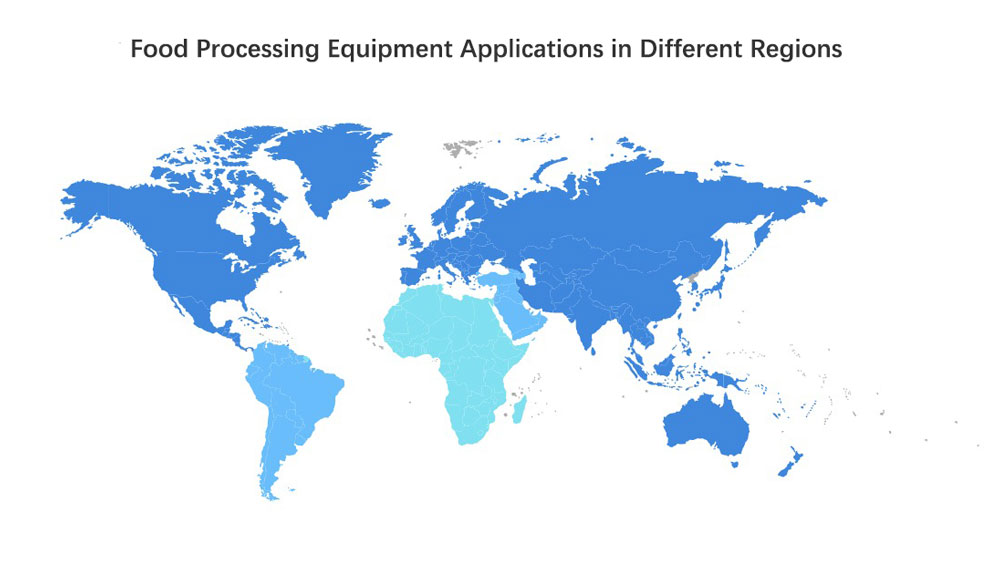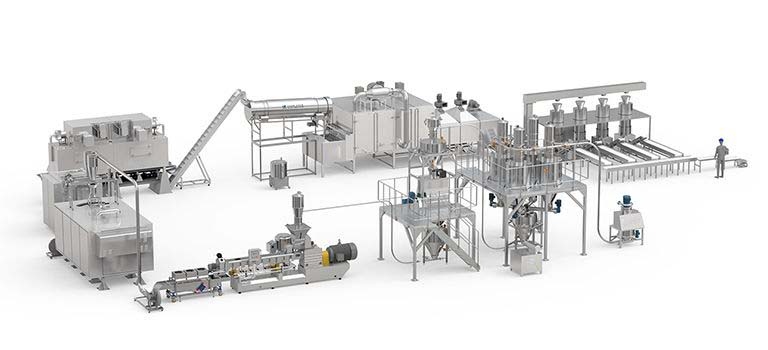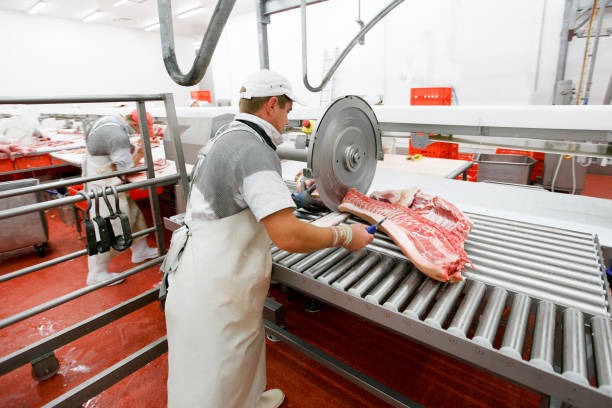🍪1. Introduction
The Commercial Biscuit Making Machine is designed for continuous industrial production of biscuits, including butter biscuits, cream-filled biscuits, sandwich cookies, and crackers. It integrates dough mixing, sheet rolling, cutting, baking, cooling, and packaging into a seamless production process.
With rising global demand for packaged baked goods, this machine ensures consistent quality, high productivity, and compliance with international food safety standards (HACCP, ISO22000, FDA).
⚙️ 2. Working Principle
Dough Preparation & Mixing 🥣
Ingredients such as flour, sugar, butter, eggs, and milk powder are mixed into a uniform dough.
Optional addition of chocolate, flavors, or nuts.
Sheeting & Rolling 🔄
Dough is rolled into sheets of consistent thickness using adjustable rollers.
Ensures uniform biscuit thickness for even baking.
Cutting & Molding 🔪
Rotary molders, wire-cut, or stamping machines shape biscuits into various forms.
Options for embossed patterns or perforations for decorative or functional purposes.
Baking 🔥
Tunnel ovens with multi-zone temperature control ensure even baking.
Baking time and temperature are adjustable for different biscuit types.
Cooling & Packaging ❄️📦
After baking, biscuits are cooled gradually to prevent breakage.
Automatic packing into trays, bags, or flow wrappers.
✅ Advantages of this workflow:
Automated process from dough to packaging
Adjustable settings for different biscuit types
Consistent shape, color, and texture
Reduced labor and production costs
🚀 3. Key Features
High Automation ⚡
PLC and touch-screen control
Automated feeding, rolling, cutting, baking, and packaging
Hygienic Construction 🛡
Stainless steel SS304/316 for all contact parts
CIP cleaning system ensures hygiene and minimal downtime
Flexible Production 📊
Small-scale: 50–200 kg/h
Medium-scale: 200–1000 kg/h
Large-scale: 1000–3000+ kg/h
Versatility 🌈
Produces butter biscuits, cream-filled, sandwich cookies, crackers, and specialty biscuits
Optional coating or icing module for chocolate or sugar topping
Energy Efficiency 🌍
Multi-zone oven with heat recovery reduces energy consumption
Optimized conveyor and baking settings minimize waste
📊 4. Technical Parameters
| Model | Capacity (kg/h) | Power (kW) | Oven Temp (°C) | Material | Dimensions (L×W×H, m) | Notes |
|---|---|---|---|---|---|---|
| CB-100 | 100 | 5.5 | 160–200 | SS304 | 3×0.8×1.5 | Small-scale, manual dough loading optional |
| CB-500 | 500 | 15 | 160–200 | SS304/316 | 8×1.5×2.0 | Medium-scale, automated feeding and cutting |
| CB-1000 | 1000 | 25 | 160–220 | SS316 | 12×2×2.5 | Large-scale, suitable for continuous production lines |
✅ Optional Modules:
Cream filling and sandwich module
Chocolate coating module
Multi-shape rotary molds
Automatic packaging with flow wrap, pillow pack, or tray pack
🏭 5. Application Scope
Industrial biscuit factories
Snack food manufacturers
Central kitchens and large-scale catering operations
Export-oriented biscuit production lines
Suitable for:
🍪 Butter biscuits | 🍪 Cream-filled cookies | 🍪 Crackers | 🍪 Specialty biscuits
💰 6. Operational Benefits & ROI
Labor Saving: Reduces manual operation by up to 70%
Consistent Quality: Uniform size, color, and texture
Food Safety: Compliant with HACCP, ISO22000, and FDA standards
High ROI: Continuous production cycles and reduced waste increase profitability, typically within 1–2 years
🔮 7. Future Trends
Smart production management with IoT monitoring of dough consistency, baking temperature, and throughput
Energy-efficient ovens with heat recovery
Expansion modules for cream filling, icing, or flavor coating
Trend toward healthy or functional biscuits (low sugar, high fiber, plant-based)
✅ 8. Conclusion
The Commercial Biscuit Making Machine is a complete, automated, and hygienic solution for producing a wide variety of biscuits efficiently. Its modular design, high automation, and compliance with international standards make it ideal for factories aiming to improve productivity, maintain consistent quality, and meet growing consumer demand.
Must-read blogs for bosses

